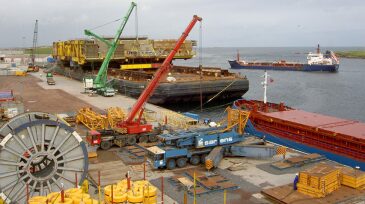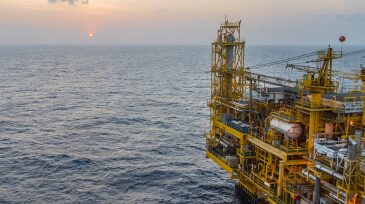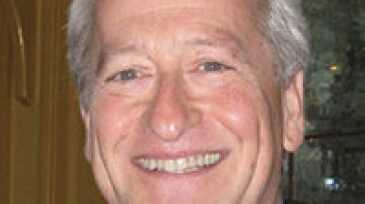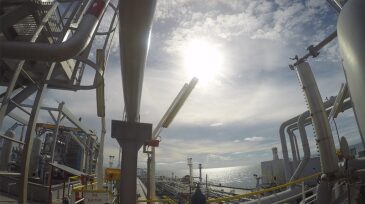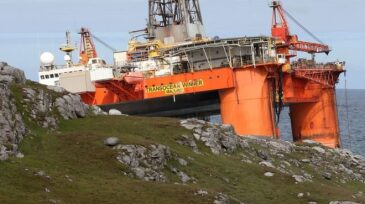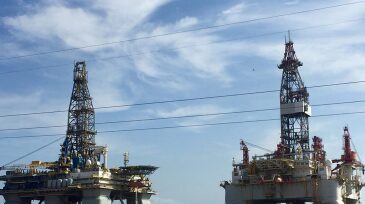Decommissioning
The North Sea Transition Authority has published its first table identifying 13 operators that are behind schedule in decommissioning their inactive North Sea wells.
Estimates commissioned by the Australian government suggest that increasing efficiency will lower costs for decommissioning offshore Australia.
Marine contractor also approves the construction of a new heavy-transport ship.
-
CEO Bob Dudley, who calls BP’s UK North Sea business one of its “crown jewels”, will address hundreds of delegates at the opening plenary session at Europe’s foremost exploration and production technical conference and exhibition.
-
Heavy-lift vessels aim for opportunities in decommissioning in UK North Sea and Norway and offshore wind projects.
-
As the boom of the 1970s and 1980s makes way for the first tranche of major decommissioning projects, the market for abandonment and decommissioning has grown over the past 5 years. To deliver these projects in a safe and economic way, decommissioning needs to be accepted as a serious challenge.
-
Our industry is governed by rules that require cleanup and closure of oil and gas facilities after they cease to produce. Unlike a capital project, decommissioning is not something that you can choose to do or not to do.
-
This paper describes how an exploration-and-production company successfully developed and applied a qualitative risk-based abandonment-prioritization strategy for an inventory of inactive subsea wells.
-
DNV GL is introducing a new, risk-based recommended practice for performing and qualifying well abandonments titled DNVGL-RP-E103, Risk-Based Abandonment of Offshore Wells.
-
With regulatory pressure and the cost of decommissioning increasing, many operators are seeking new and better decommissioning methods that could get more work done safely and at a lower cost.
-
A team of oil and gas consultancy companies have formed a collaborative program aimed at offering integrated support for operators looking to retire redundant facilities without in-house overhead.
-
Eight salvage experts have boarded the Transocean Winner, which ran agorund off the Isle of Lewis on 8 August.
-
The Noble Jim Day semisubmersible (left) arrived at Harbor Island in Port Aransas, Texas, on 29 July to be cold stacked.





